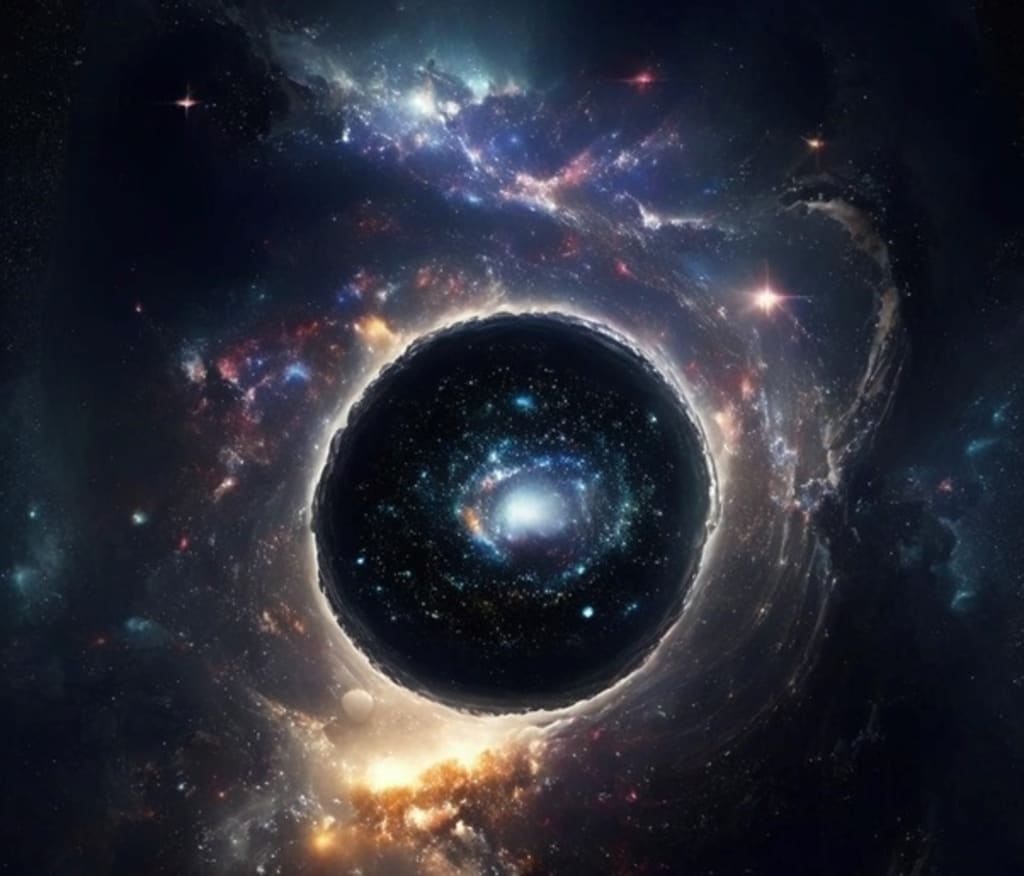Content warning
This story may contain sensitive material or discuss topics that some readers may find distressing. Reader discretion is advised. The views and opinions expressed in this story are those of the author and do not necessarily reflect the official policy or position of Vocal.
Unusual Blast Caught in a Close by Cosmic system Was certainly not a Unique case
earth content

Unusual Blast Caught in a Close by Cosmic system Was certainly not a Unique case
A really unusual and interesting sort of infinite kaboom just got much more impossible to miss.
A blast nearly billion light-years away saw in 2022 known as the Tasmanian Fiend (AT2022tsd) has been gotten over and over erupting with the strength of 100 billion Suns - a similar power as the underlying blast - for quite a long time following the underlying glimmer.
The blast has a place with an intriguing classification known as radiant quick blue optical homeless people, or LFBOTs, of which just a small bunch have been found. Furthermore, the recurrent way of behaving of the Tasmanian Demon is the most recent in a reiteration of these LFBOTs doing stuff that is ridiculously odd.
"An occasion like this has never been seen," says astrophysicist Jeff Cooke from Swinburne College of Innovation and the Circular segment Focal point of Greatness in Gravitational Wave Revelation (OzGrav) in Australia.
LFBOTs were first found back in 2018 with a blast that came to be known as the Cow. A couple of more have been gotten from that point forward, typically named after creatures, and they're simply … odd.
They're unimaginably splendid, something like multiple times more brilliant than an ordinary cosmic explosion, and unquestionably hot, which gives them their somewhat blue tone.
They're likewise extremely short. As a rule, supernovae flare to a top in splendor, then blur throughout the resulting long stretches of time. LFBOTs are more similar to a sluggish ish camera streak in the profundities of room: there and gone again only days after the fact.
Since they're so unusual, cosmologists have been thinking about what the reason could be. For the most part, the splendid blasts we distinguish in space comprise of biting the dust stars going cosmic explosion, or crashes between neutron stars. The ongoing best contender for LFBOTs is the development of a dark opening in a surprising sort of center breakdown cosmic explosion.
In any case, each LFBOT appears to have its own eccentricities. The Cow displayed an abnormally level, hotcake like blast. The Finch, recognized recently, was seen in intergalactic space, approximately 50,000 light-years from the closest system. So any clarification needs to represent this large number of peculiarities.
The Tasmanian Fiend, as per the new examination drove by space expert Anna Ho of Cornell College, with a worldwide group of north of 70 co-creators, appears to highlight the development of a neutron star or dark opening.
They utilized a better approach to screen the point where the LFBOT was first recognized on 7 September 2022, and distinguished no less than 14 flares in the 120 days ensuing to the underlying blast. What's more, they were odd flares: to some extent as splendid as the Tasmanian Villain itself, yet enduring as short a period as only a couple of moments.
"Incredibly, rather than blurring consistently as one would expect, once more, the source momentarily lit up, and once more, and once more," Ho says. "LFBOTs are now a sort of peculiar, extraordinary occasion, so this was significantly more odd."
The exact reason for the erupting is obscure, however signs highlight a minimal item like a dark opening, the specialists say.
"It stretches the boundaries of material science in light of its outrageous energy creation, yet in addition on account of the brief term explodes," Cooke says. "Light goes at a limited speed. Thusly, how quick a source can explode and disappear limits the size of a source, implying that this energy is being created from a moderately little source."
Dark openings themselves radiate no light that we can identify, yet there are instruments by which their presence could extract light from adjacent material. For instance, assuming the center of an enormous star imploded into a dark opening subsequent to launching its external envelope, gas from that external envelope could fall back onto the dark opening.
At the point when a dark opening accumulates material, it can channel it into rapid planes that are caught by attractive field lines around the beyond the occasion skyline and advanced towards the shafts, where it is sent off into space as surges of plasma. The glimmers could be connected to this growth and discharge process. Or then again they could be connected to some other astrophysical cycle that we're yet to distinguish.
Anything that it is, the Tasmanian Fiend is giving us a window into LFBOTs, dark openings, and maybe the existence patterns of stars that we've not seen previously.
"The carcass [of the star] isn't simply staying there, it's dynamic and doing things that we can distinguish," Ho says. "We figure these flares could be coming from one of these recently framed bodies, which gives us a method for concentrating on their properties when they've quite recently been shaped."
The discoveries have been distributed in Nature Stargazing.
About the Creator
Enjoyed the story? Support the Creator.
Subscribe for free to receive all their stories in your feed. You could also pledge your support or give them a one-off tip, letting them know you appreciate their work.






Comments
There are no comments for this story
Be the first to respond and start the conversation.